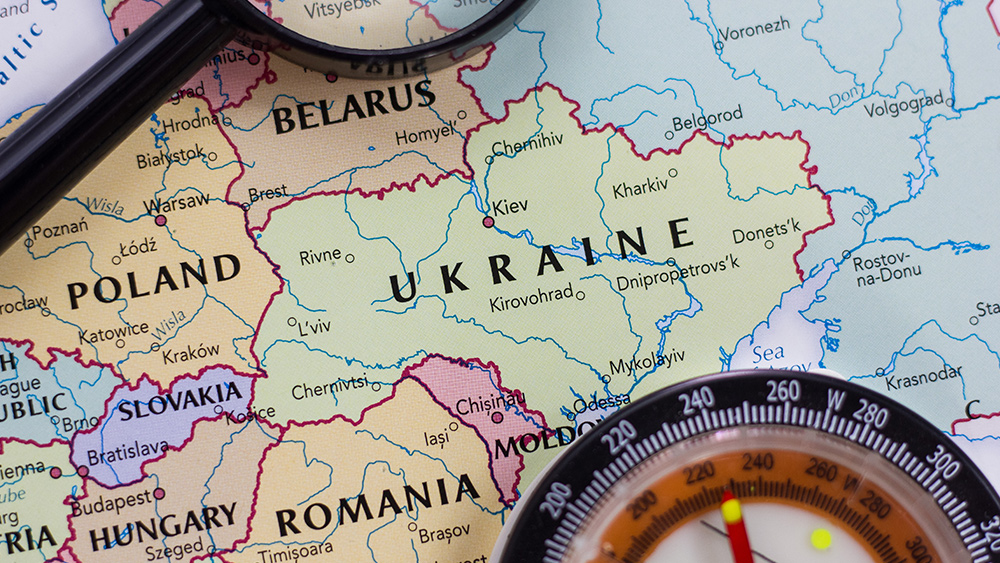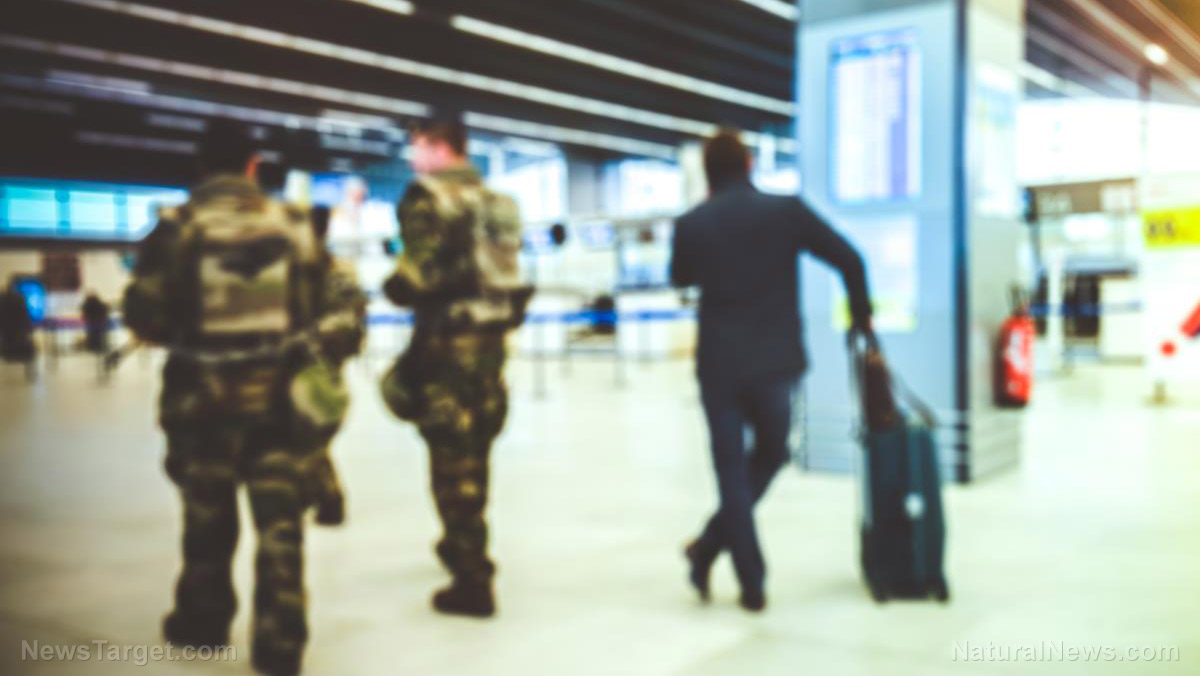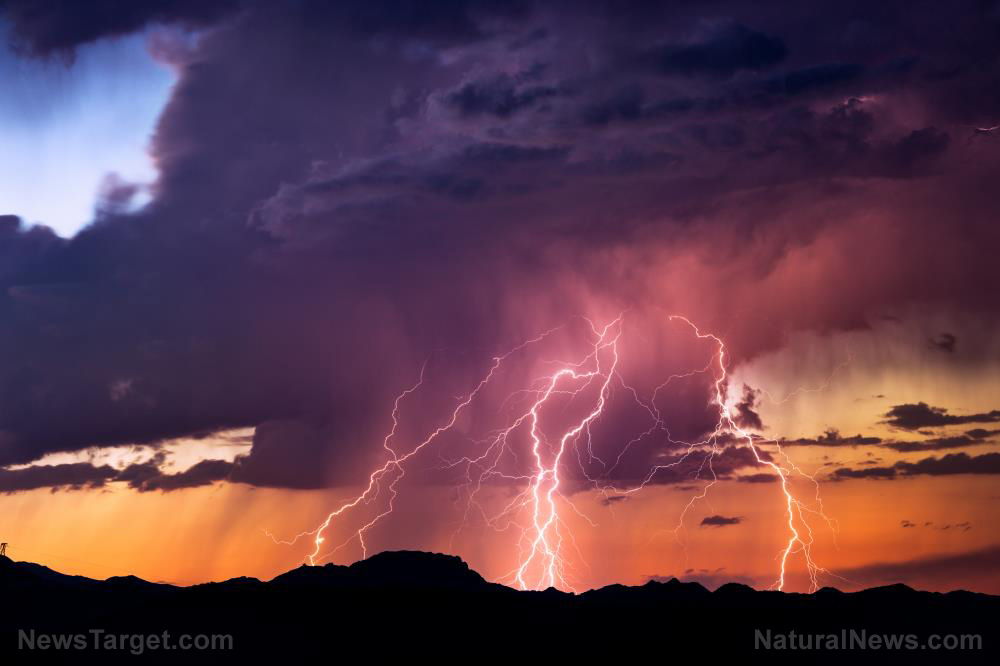
- Russia’s Klyuchevskoy volcano erupted hours after an 8.8-magnitude earthquake struck near Kamchatka, triggering Pacific-wide tsunamis and evacuations from Japan to Hawaii.
- The Klyuchevskoy eruption unleashed lava and explosions, following one of the year’s strongest quakes, which damaged buildings and injured people in remote Kamchatka.
- Tsunami waves reached up to 13 feet in Kamchatka and 2 feet in Japan, reviving fears of Fukushima while Hawaii and the U.S. West Coast braced for impact.
- Scientists debate if the earthquake intensified the eruption, though the volcano had already shown signs of unrest, including a lava lake days earlier.
- The disaster highlights the Pacific Ring of Fire’s volatility, with experts warning of rising seismic activity and urging preparedness for future catastrophes.
Tsunami waves ripple across the Pacific
The earthquake’s offshore epicenter generated tsunami waves reaching 10 to 13 feet in Kamchatka and up to 2 feet in northern Japan, where residents fled to evacuation centers. Although Japan’s nuclear facilities reported no abnormalities, the event revived painful memories of the 2011 Fukushima disaster. Meanwhile, Hawaii faced road congestion as residents heeded evacuation orders, and the U.S. West Coast braced for waves of between 2 and 5 feet. "A tsunami is not just one wave," warned Dave Snider, tsunami warning coordinator for the National Tsunami Warning Center in Alaska. "It’s a series of powerful waves over a long period of time… That’s where that inundation problem becomes a little bit more possible." Chile, French Polynesia and Ecuador’s Galapagos Islands also issued alerts, with some regions evacuating coastal residents as a precaution. The widespread disruption underscored the interconnected risks of seismic activity in the Pacific, where a single earthquake can trigger a domino effect of destruction. Kamchatka, home to 29 active volcanoes, is one of the most seismically unstable zones on Earth. Danila Chebrov, director of the Kamchatka Branch of the Geophysical Service, confirmed that aftershocks were ongoing but assured the public that "stronger tremors are not expected in the near future." Yet the timing of the eruption, just hours after the earthquake, has raised questions about whether the seismic activity intensified the volcanic event. While scientists note that Klyuchevskoy had already shown signs of unrest, including a lava lake observed at its summit days earlier, the USGS suggested the earthquake likely increased "the vigor of the eruption."A wake-up call for preparedness
This disaster is a reminder that nature operates on its own timetable. The Pacific Ring of Fire, a horseshoe-shaped zone of tectonic activity, is home to 75% of the world’s active volcanoes and is responsible for 90% of Earth’s earthquakes. With the U.S. Geological Survey reporting a 23% spike in earthquakes this year compared to 2023, experts warn that we may be entering a period of heightened geological instability. For those living in vulnerable regions, preparedness is essential. From emergency kits to evacuation plans, the lessons of past disasters must inform future resilience. As the Pacific recovers from this latest upheaval, we must never lose sight of the fact that nature always has the final word. Sources for this article include: YourNews.com Independent.co.uk Reuters.com LiveScience.comBy Lance D Johnson // Share
By Lance D Johnson // Share
When lightning strikes: How to stay safe during and after thunderstorms
By Zoey Sky // Share
Zelensky rejects Trump’s land swap proposal as Putin demands Ukrainian withdrawal
By Cassie B. // Share
Israel kills five Al Jazeera journalists in targeted strike to silence Gaza coverage
By Cassie B. // Share
Australia joins global push for Palestinian statehood amid Gaza genocide
By Cassie B. // Share
Minnesota childcare fraud case and developments in the global silver market
By finnheartley // Share
Red light therapy & natural protocols challenge big pharma’s profit-driven model
By finnheartley // Share
The sweet deception: How "healthy" buzzwords hide a sugar epidemic in plain sight
By avagrace // Share
Cocoa compound linked to slower biological aging, study suggests
By avagrace // Share










